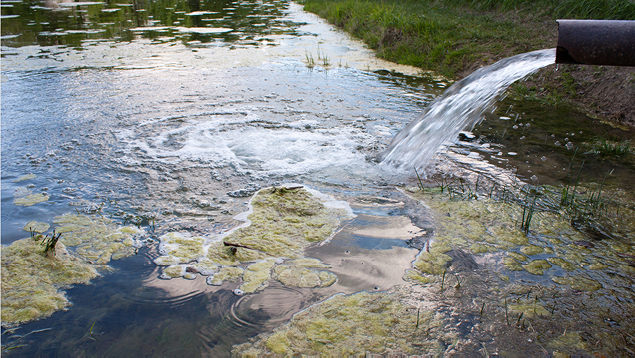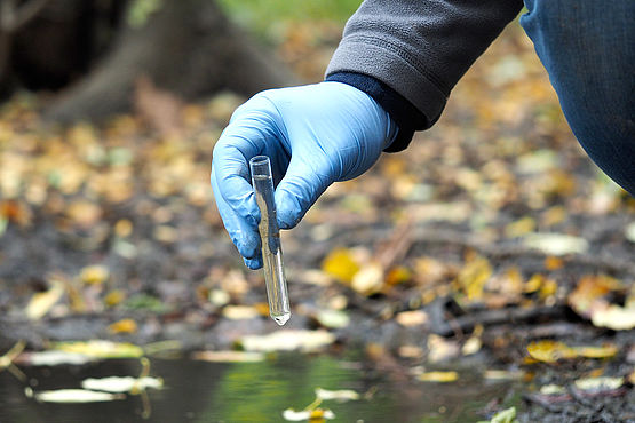Micropollutants are small quantities of chemical substances present in the environment, particularly in water, in very low concentrations. They come from a variety of sources, including industrial, agricultural, domestic and pharmaceutical activities. Because of their small size and persistence, micropollutants can pose significant problems for water quality and human health, even at very low concentrations.
At present, over 100,000 molecules have been identified as micropollutants by government agencies and research centres, and this number continues to rise year on year. Improvements in the performance of chemical analyses and our knowledge of the toxic and ecotoxic properties of current and new molecules mean that the list of micropollutants is becoming more exhaustive by the day.

Origins of micropollutants
Whether of industrial, domestic, agricultural or natural origin, micropollutants are generally man-made. They include a wide range of compounds such as pharmaceuticals, hormones, industrial chemicals, pesticides, plasticisers, heavy metals, etc.
Water is contaminated by micropollutants from a variety of sources:
- Domestic wastewater contains drug residues (ibuprofen, paracetamol, etc.), phthalates (molecules derived from the use of plastics), parabens (from cosmetic products), UV filters found in sun creams and pesticides, such as those used to treat pets (anti-parasite products), etc.
- Industrial wastewater contains various types of pollutants linked to the activities concerned, such as products used in the manufacture of plastics, detergents, solvents (paint), petroleum products and metals.
- Hospital effluents contribute to the contamination of wastewater by molecules linked to certain medicines (in particular certain antibiotics, anti-cancer drugs and contrast agents).
- Soil pollution, particularly from pesticides used in agriculture, contributes to water pollution (run-off, infiltration).
Impact of micropollutants
This pollution converges on rivers, seas and oceans. Present in aquatic environments. They can have harmful effects on aquatic ecosystems, flora and fauna, as well as on human health. Some of these effects include hormone disruption, toxicity, bioaccumulation in the food chain and resistance to conventional water treatment.
Alteration of ecological quality
Micropollutants can disrupt aquatic ecosystems by affecting aquatic life, including plants, fish and aquatic organisms. Some micropollutants can interfere with hormonal functions, cause genetic mutations, disrupt growth and reproduction, and alter the aquatic food chain. These disruptions can have a cascading impact on the entire ecosystem.
Risks to human health
When water sources contaminated by micropollutants are used for human consumption, they can pose health risks. Pharmaceuticals, industrial chemicals, pesticides and other micropollutants can enter drinking water and, in the long term, cause health problems for exposed populations.
Accumulation in food chains
Some micropollutants, particularly persistent compounds, tend to accumulate in the tissues of aquatic organisms. If these organisms are consumed by others, the micropollutants can spread through the food chain, leading to higher exposure levels in top predators, including humans.
Resistance to water treatment
Conventional water treatment methods, such as filtration and disinfection, are not always effective in removing micropollutants due to their very low concentrations. Some of these compounds can be resistant to standard treatment methods.
Impact on water resources
Micropollutants can affect the quality of water resources, such as rivers, lakes and groundwater. This can have consequences for multiple uses of water, including irrigation, fishing, recreation and drinking water.
Contribution of Tame-Water
Monitoring micropollutants in water is one of the major challenges facing water management authorities. Because of their complex and varied nature, water stakeholders are looking for new monitoring tools to better assess the toxicity of water, the impact of these substances and the performance of treatment solutions. With its bioassays, Tame-Water is in a position to meet these challenges.


